We begin with a thorough analysis of your spine, using five criteria to detect the 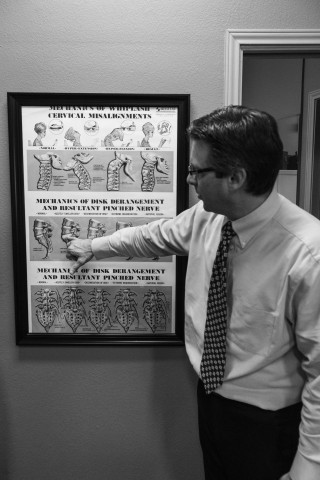 presence of the vertebral subluxation complex. The goal of this process is to restore and maintain optimal health by locating and correcting any interference to the nervous system caused by vertebral subluxation.
presence of the vertebral subluxation complex. The goal of this process is to restore and maintain optimal health by locating and correcting any interference to the nervous system caused by vertebral subluxation.
X-ray films enable us to visualize the entire structure of your spine. This is helpful in evaluating for any disease processes, fracture, posture, joint and disc integrity, and specifically vertebral misalignments.
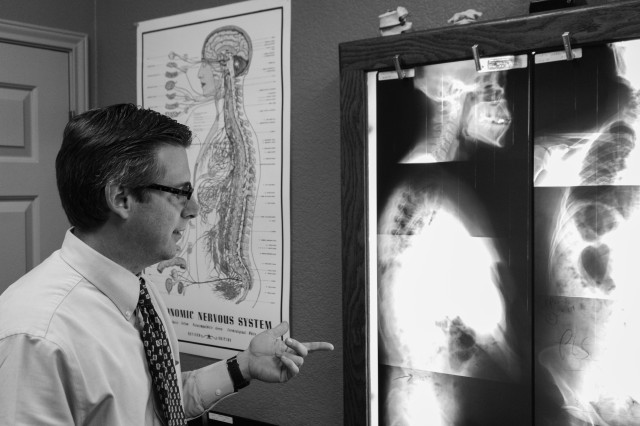
We use an advanced instrument, called the Nervoscope, to detect uneven distributions of heat along the spine, which can be indicative of inflammation and nerve pressure. This instrument is guided down the length of your back and feels like two fingers gliding down each side of your spine.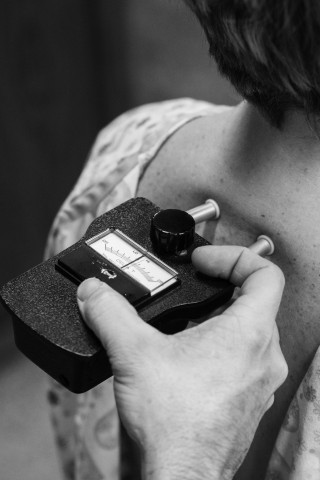
Palpation involves carefully feeling along the spine while it is in a static or stationary position. Dr. Handlos will feel for the presence of swelling (or edema), tenderness and any abnormal texture or tightness in the muscles and other tissues of your back.
Similar to static palpation, motion palpation consists of feeling the spine while moving and bending it in various directions. This enables Dr. Handlos to determine the range of motion in each segment al motion unit in your spine.
al motion unit in your spine.
Through detailed observation of your overall body movement, visualization is a way to cross-reference all the other findings. Dr. Handlos will look for subtle changes in your posture and movement, which may indicate structural and/or alignment problems.
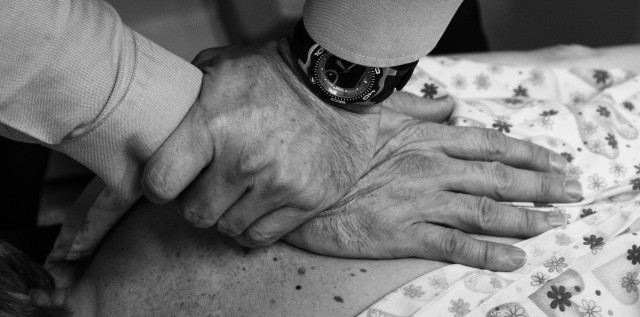
After a complete analysis, Dr. Handlos is ready to deliver any necessary spinal 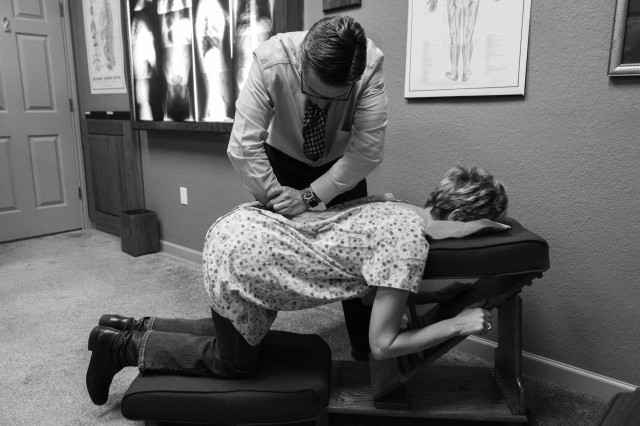 adjustments. The focus of the adjustment is to be specific, precise and accurate, addressing only the problem areas (of subluxation). Dr. Handlos will take great care to ensure a mechanically correct position and precise thrust to provide the most accurate and painless adjustment possible.
adjustments. The focus of the adjustment is to be specific, precise and accurate, addressing only the problem areas (of subluxation). Dr. Handlos will take great care to ensure a mechanically correct position and precise thrust to provide the most accurate and painless adjustment possible.
© 2026 Handlos Chiropractic. All rights reserved.